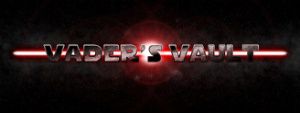I have been poring over my electronics books, the Internet, and scouring the forums, but I just can't get this to work.
Some of you may have been following this thread, where smarter folks than me figured out a great way to use a high-output PNP transistor to both 1) boost current to the main LED and 2) do the job that a relay would do.
Well, I've been trying to do the same thing with a Force FX board, but have had no luck.
One complicating factor is the clash sensor of the positive line coming from the Force FX board. (With the 2010 Electronic Lightsaber board, the positive line from the board is not used at all, and this poses no problem.) So I tried doing everything backwards, and using an NPN transistor instead of a PNP transistor.
If I've lost you already, either I'm not explaining well enough, or you don't have the electronic expertise necessary to help me out here.
I've heard plenty of people say that transistors are much more efficient than relays, yet I haven't heard of anyone using one with a Force FX board. Maybe that's because in most cases, the Force FX board provides enough current for the LED.
In my case, I'm using a LedEngin RGBA, with a 16-position rotary switch, so in some cases only one chip will be on, in other cases all four chips will be on. The board does provide enough current to light the LED, but it's not nearly as bright as it could be, and that's why I'd like to use a transistor.
I'm using a Yoda Force FX board and 4AAA alkaline battery pack.
Can any of our electronic wizzes out there toss off a diagram, or is this just not possible for some reason?





 Reply With Quote
Reply With Quote










Bookmarks